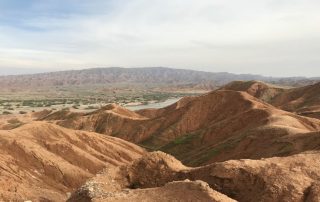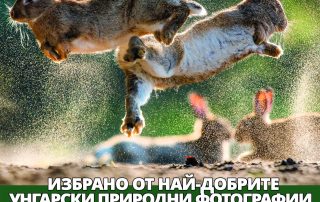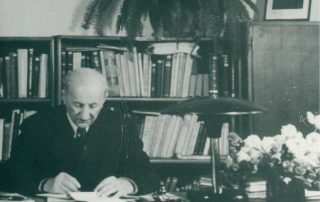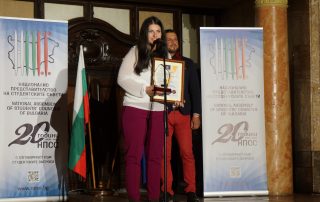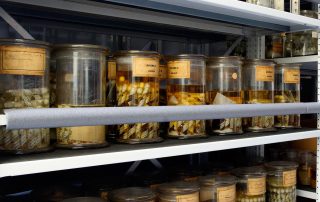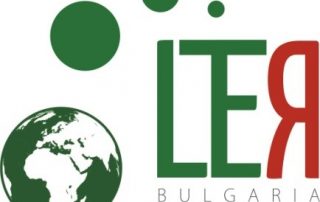The development of the Arabian Desert as a driver of megafaunal exchange between Eurasia and Africa over the last ten million years
An international team of paleontologists, in which one of the lead authors is Prof. Nikolai Spassov from the National Museum of Natural History of BAS, has published new data and arguments for the dispersal of mammalian fauna and our human ancestors from Eurasia to Africa millions of years ago. Zagros Mountains in Iran on the border with Mesopotamia (photo by Prof. M. Böhme) The idea that the formation of Sahara and the Arabian Desert was once a barrier to faunal exchange between Eurasia and Africa was put forward in the 1980s. At the same time, according to another hypothesis from the late nineties, the roots of today's mammalian fauna of the African savanna are linked to the "Pikermian" savanna biome of the Late [...]


